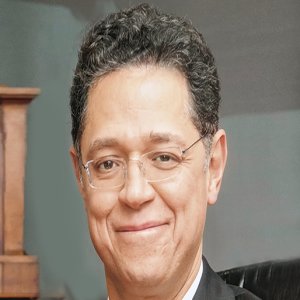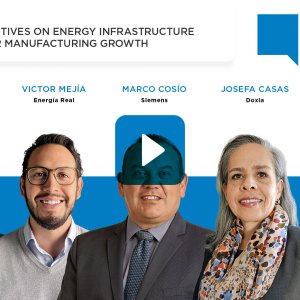Sustainable Energy Outside the Box

STORY INLINE POST
Mexico was Tetra Pak’s first overseas operation for the Swiss-based company. It opened its first manufacturing facility outside Sweden here in 1960, supplying around 1 billion containers annually for the food and beverages industry. The company has grown significantly since then, now producing around 8 billion pieces per year and making Mexico one of Tetra Pak’s main markets globally. Two secrets behind Tetra Pak’s successful expansion have been the company’s focus on resources optimization, including energy savings, and sustainability, a vision it implements for its own products and manufacturing plants as well as at client facilities. Tetra Pak’s manufacturing plant in Queretaro is one of the group’s most efficient facilities but there is still room for improvement, according to Alfredo Román, the company’s Environmental Manager. “Our main area of opportunity to reduce our carbon impact is electricity consumption, an aspect we are addressing by developing and using energy-efficient technologies for our own process and our clients.”
In 2009, the plant began substituting its old light bulbs with efficient lamps, achieving 68 percent reduction in electricity usage in that area. The main contribution to energy efficiency, however, comes from Tetra Pak’s own technological innovations, which are also shared with the company’s clients. “Tetra Pak is involved in the entire packaging process, always looking to raise the bar in terms of energy and water efficiency. We are about to implement a new department in our company to advise clients on how to optimize these two aspects in their processes,” Román says.
Besides reducing its electricity consumption, Tetra Pak is also looking to implement a higher share of renewables in its energy matrix, in line with the company’s global goal of supplying 100 percent of its electricity from renewable sources by 2030. “We are looking at two options: investing in our own generation facilities or purchasing clean energy from a third party. We are exploring the possibility of installing solar PV panels in our manufacturing plant in Queretaro, a state with significant solar potential. In other locations, we are also looking at wind energy options. We are not tied to any technology in particular,” he says.
Román believes the Energy Reform has eased the path for Tetra Pak in Mexico to accomplish these objectives, making it possible for the company to reach its clean energy targets before the established deadline. “We expect to reach our renewable energy targets before the established deadline. We could feasibly reach 100 percent renewables before 2025. Not all of Tetra Pak’s operations might say this but Mexico’s conditions allow us to be optimistic,” he says.
“The main challenge for us is to change our energy matrix without compromising energy security. We simply cannot stop production due to energy-related failures. We are a product supplier and we have to meet our clients’ expectations regarding deadlines for deliveries. For that reason we look for suppliers that can guarantee us nonstop supply for our manufacturing operations. Cost is another important factor but energy security is our number one priority,” Román adds. Given that electricity is not Tetra Pak’s core activity, the company gets support from a specialized firm to navigate Mexico’s new energy market. “We do not want to rush and make long-lasting decisions before being sure about all the market options,” he says. Sustainability and resources optimization will continue to be at the core of the company’s future strategy in Mexico as both have been present in the company’s vision since its foundation in 1951. According to the executive, the design of Tetra Pak’s containers is the best tangible proof of the importance the company places on these aspects.
“Tetra Pak is one of the most efficient containers in the market regarding space optimization, which also impacts positively on the energy consumption and the carbon footprint required to transport and store food and beverages products,” he says. “One truck can transport 946,000 liters using Tetra Pak containers while 29-39 trucks would be needed to transport the same amount using glass bottles. Moreover, Tetra Pak eliminates the need to refrigerate the products during transportation and shelf life, which is also an advantage in terms of energy savings,” he adds.
























